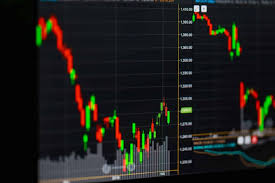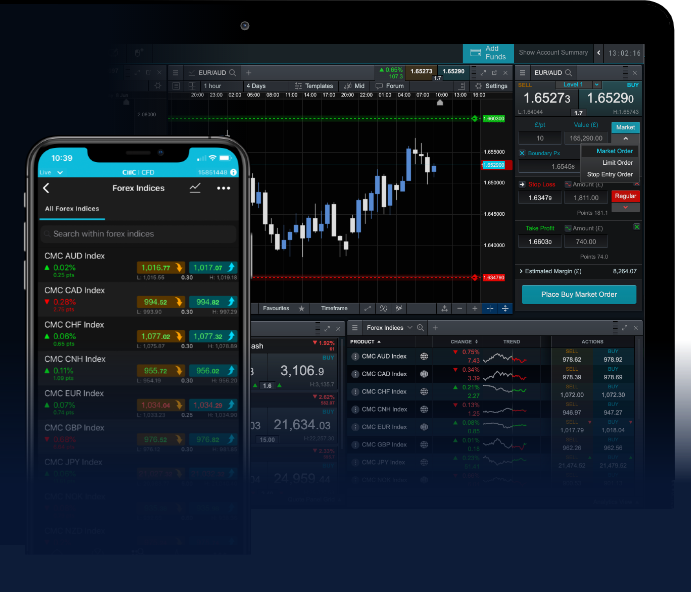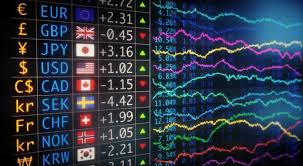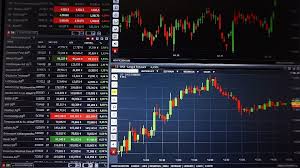
Understanding Forex Trading Sessions: A Comprehensive Overview
The Forex market operates around the clock, opening up opportunities for traders across the globe. Understanding the different forex trading sessions Trading Broker AR can significantly impact a trader’s strategy and success. In this article, we will delve into the various trading sessions, their characteristics, and how you can utilize this knowledge to enhance your trading experience.
The Basics of Forex Trading Sessions
The Forex market is divided into three primary trading sessions: the Asian, European, and North American sessions. These sessions coincide with the business hours of financial institutions around the world, providing traders with a dynamic environment that varies in liquidity and volatility throughout the day.
1. The Asian Session
The Asian trading session primarily involves currencies from the Asia-Pacific region. This session starts around 00:00 GMT and ends at 09:00 GMT. Major centers during this time include Tokyo, Hong Kong, and Sydney. The trading volume during this session tends to be lower compared to the other sessions, resulting in relatively less price volatility.
Characteristics of the Asian Session:
- Lower liquidity generally leads to narrower price movements.
- Currency pairs such as AUD/USD, NZD/USD, and USD/JPY are more active.
- Trading strategies like range trading may work effectively due to lower volatility.
2. The European Session

The European session, also known as the London session, opens at 08:00 GMT and closes at 17:00 GMT. London is one of the largest financial hubs in the world, contributing to high trading volumes during this period. As the session overlaps with the Asian session at the beginning and the North American session towards the end, it often experiences increased volatility.
Characteristics of the European Session:
- High liquidity due to significant participation from institutional traders.
- Major currency pairs like EUR/USD, GBP/USD, and USD/CHF see increased movement.
- This session is ideal for breakout trading due to potential volatility.
3. The North American Session
The North American trading session begins at 13:00 GMT and concludes at 22:00 GMT. New York is the key financial center during this period, and similarly to the European session, it often sees high trading volumes. This session is known for its influence on the market due to the strong economic data releases from the United States.
Characteristics of the North American Session:
- High volatility, especially during economic announcements.
- Currency pairs like USD/CAD, USD/JPY, and AUD/USD can experience significant price movements.
- Good for news traders looking to capitalize on economic data releases.
Overlap Between Trading Sessions

One of the most important aspects of Forex trading is recognizing the overlaps between different trading sessions. For instance, when the European and North American sessions overlap from 13:00 GMT to 17:00 GMT, traders often see a surge in trading volume and market activity. This period is considered the most volatile and liquid, making it a prime time for traders to enter positions.
Benefits of Overlap:
- High liquidity reduces the spread, allowing traders to execute trades at better prices.
- Increased volatility often leads to stronger and faster price movements.
- More significant opportunities for scalping and day trading strategies.
Strategies to Enhance Trading During Different Sessions
To improve your trading performance across various Forex sessions, consider the following strategies:
- Adapt Your Trading Style: Different sessions require different strategies. Use range trading during Asian sessions and focus on breakouts during European and North American overlaps.
- Stay Informed: Economic calendars help traders prepare for potential volatility during key announcements in the North American session.
- Practice Risk Management: Use stop-loss orders strategically, especially in highly volatile sessions to protect against unexpected price movements.
Conclusion
Understanding Forex trading sessions is crucial for effective trading and maximizing potential profits. By recognizing the characteristics of each session and implementing appropriate strategies, traders can navigate the Forex market more confidently. Remember that while trading across different sessions can offer various opportunities, it is essential to have a solid trading plan in place to manage risk effectively.
Whether you’re a seasoned trader or a novice, the timing of your trades can be just as important as your trading strategy. By learning and adapting to the dynamics of each session, you can enhance your trading performance and achieve your financial goals.




